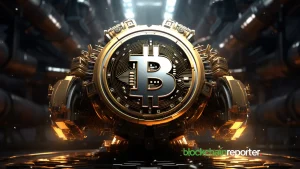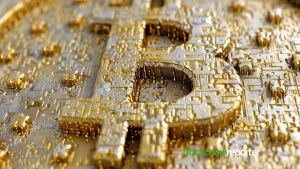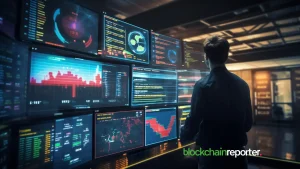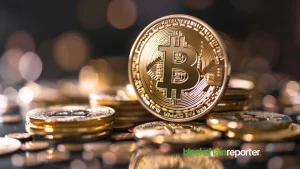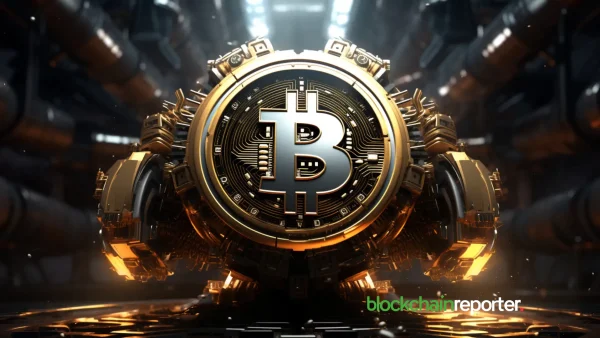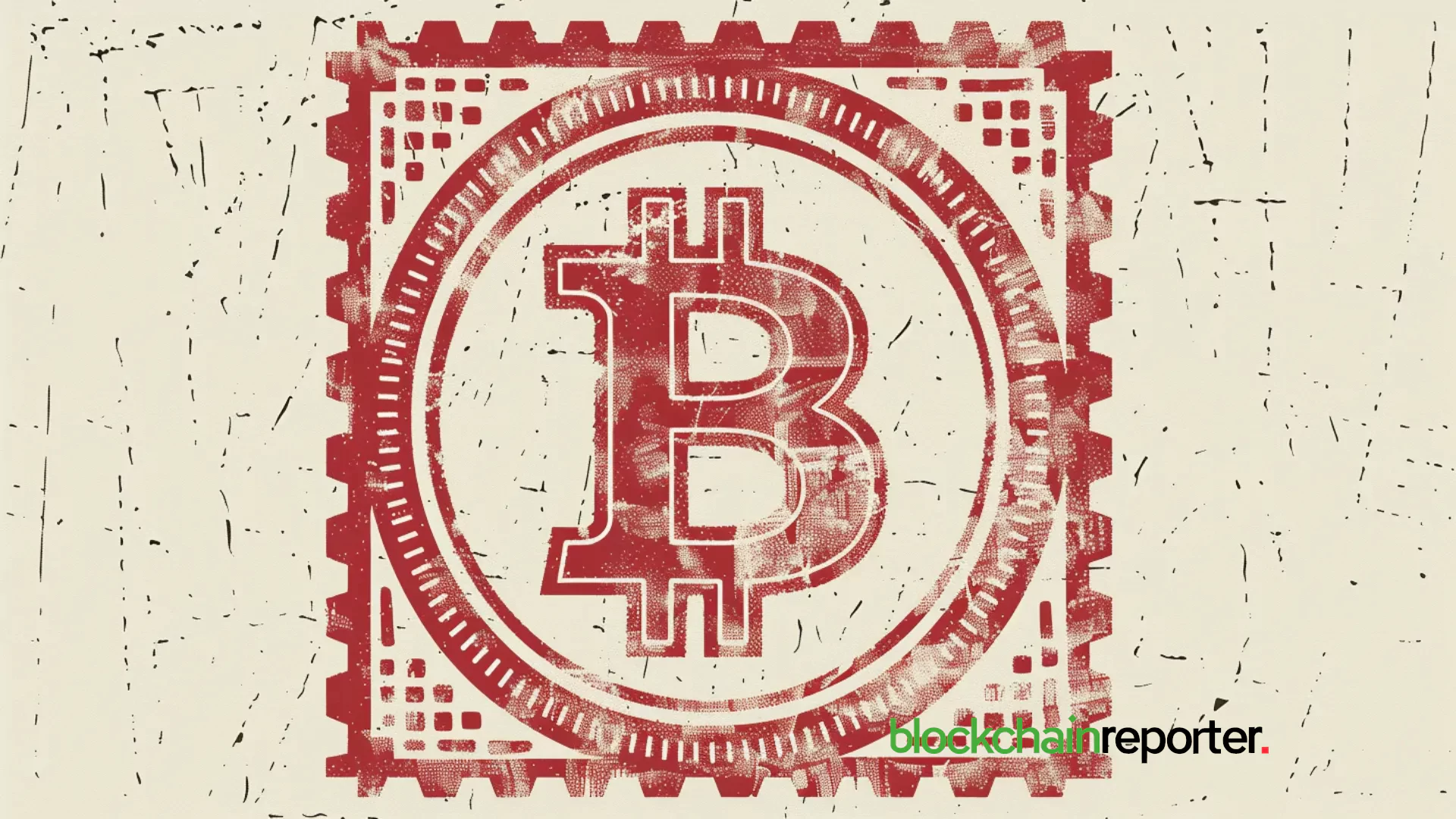
Bitcoin, since its invention, has evolved far beyond its intended purpose as a digital currency to a digital platform. The most revolutionary of these innovations is the recent establishment of digital art directly on the *BTC* blockchain, which is referred to as Bitcoin Stamps. These great innovations that focuses on their minds, how they operate, the protocols running them, their differences between similar technologies such as Bitcoin Ordinals.
Understanding Bitcoin Stamps
Bitcoin Stamps are a new method of integrating digital artwork into the crypto network, resulting in a lasting, public, and accessible database. Bitcoin Stamps are based on patents and functioning on data encoding standard unspent transactions.
The Bitcoin art concept converges with patents through different technologies, each of which pays attention to its manner of nominal connection. The next layer of the Stampinfo identifying the methodologies in future sections focuses on the company names of the artists according to the linkage time table. A Stamp is only considered valid when the first transaction’s message includes valid STAMP: base64.
Bitcoin Stamps Protocols
Bitcoin Stamps rely on two primary systems: SRC-20 and SRC-721
SRC-20
SRC-20 is a standard of the Counterparty protocol, which allows embedding arbitrary data, including images and artwork, into standard spendable data transactions. In contrast to Bitcoin Ordinals, where data is separated into a distinct section, SRC-20 integrate data directly into transaction outputs.
SRC-721
SRC-721 is an innovation of the Bitcoin Stamps theory, which uses the protocol for fast creation of non-fungible tokens. SRC-721 division of an image into layers, which is optimized in size, including from the use of indexed color palettes. These layers are combined into the finished NFT sticker. As a result, we obtain at minimal cost NFT of high-quality images. Both systems allow Bitcoin to include digital artwork and assets.
Bitcoin Stamps vs. Bitcoin Ordinals
Data Size and Pruning
Although Bitcoin Ordinals allow for data clipping as they are stored in a separate block section as witness and not original data, Bitcoin Stamps embed data directly into UTXOs. As such, while the former is fully resistant to being weakened through multiple deletion operations, the latter varies.
Data immutability and integrity
Since ordinals do not resist being deleted, it more susceptible to a single malicious agent distorting the data. Bitcoin Stamps offers higher resistance to the possibility of data storage corruption. Data Size and Cost: Ordinals have an advantage in cost due to the fixed fees while Stamps accommodate variably embedded images. The implications of the Bitcoin block staying constant might affect when a colour job embedded picture results in a skyrocketed transaction.
Signature Type
Ordinals use an address directly from the computer or wallet while Bitcoin Stamps can quickly receive the computer’s signature fulfilled by a multi-signature framework. Having multi-signature structures implies that data resistance would be stringent in multi-sign storage data.
Unique Characteristics and Applications of Bitcoin Stamps
Bitcoin Stamps possess several unique characteristics and applications that set them apart from other inscription technologies.
Immutability and security
As previously stated, Bitcoin Stamps rely on the Bitcoin blockchain’s inherent security features to store digital artwork in a manner that cannot be altered or destroyed. Multi-signature transactions are used to increase data security and accuracy, making Bitcoin Stamps tamper-proof.
Accessibility and ownership
Bitcoin Stamps democratize digital art ownership and access using a non-fungible token that is accessible and secure. By assigning unique identifiers while adhering to strict validation requirements, Bitcoin Stamps make it easier to demonstrate ownership of a specific work, fostering confidence and encouraging transactions.
Interoperability and compatibility
Bitcoin Stamps are compatible with pre-existing blockchain protocols and ecosystems, thanks to SRC-20 and SRC-721. This interoperability makes it simple to integrate with numerous decentralized applications, allowing artists to maximize their use cases.
Challenges and Limitations of SRC20 Tokens
Scalability and Network Congestion
The other major challenge that SRC20 tokens face is scalability in the blockchain networks. Increasing transaction volumes lead to network congestions causing delays and more expensive transactions. As most blockchain platforms have limited throughput developers have trouble smoothly conducting large SRC20 token transaction volumes. Some potential solutions involve the use of layer 2 scaling solutions or implementation of SRC20 tokens on different blockchain platforms that allow for higher throughput.
Security Vulnerabilities and Auditing Concerns
Security is the most critical element to maintain trust and integrity within the SRC20 token ecosystem. The networks use smart contracts and token protocols that have vulnerabilities that may be exposed by bad actors. First, security audits need to conduct when building SRC20 tokens to address security risks. Additionally, new security threats emerge regularly, requiring routine monitoring and updates.
Regulatory Challenges and Compliance Issues
SRC20 tokens face immense challenges within the regulatory environment. Developers face complex proposals such as compliance with the rapidly evolving regulations, including KYC and AML, which is essential to challenging legal risks and ensuring that SRC20 tokens are lawfully proper. Legal experts should consult on topics ranging from SRC20 tokens project compliance to what potential changes and requirements may occur concerning new regulatory requirements in the blockchain and cryptocurrency law space. Lastly, developers should participate in SEC hearings or consultations to establish transparent and acceptable regulations for the development and adoption of SRC20 tokens.
Conclusion
In conclusion, Bitcoin Stamps introduce a new paradigm for digital art and blockchain technology. Bitcoin Stamps embed digital art within the Bitcoin blockchain, providing creators and collectors with a secure, immutable, and decentralized environment to create, distribute, and own digital work. Through proprietary protocols, including but not limited to SRC-20 and SRC-721, Bitcoin Stamps will redefine the digital art sector by encouraging innovation and creativity and fostering inclusion.
Frequently Asked Questions
What are Bitcoin Stamps and how do they function?
Bitcoin Stamps are a novel method of integrating digital artwork into the Bitcoin blockchain, ensuring permanence and immutability. Utilizing the Secure Tradeable Art Maintained Securely (STAMPS) protocol, they embed image data directly into Bitcoin transactions. This process involves encoding image data into base64 format and storing it within unspent transaction outputs (UTXOs), making the artwork an integral part of the blockchain's history.
How do Bitcoin Stamps differ from other blockchain-based digital art systems?
Unlike platforms like Bitcoin Ordinals, which store metadata within the 'witness' segment of a transaction, Bitcoin Stamps embed image data directly into UTXOs. This approach ensures that the data becomes an immutable part of the blockchain, making it impossible to prune from a full node.
What are the potential applications and benefits of Bitcoin Stamps?
Bitcoin Stamps provide a secure and immutable method for artists to mint and sell digital art directly on the Bitcoin blockchain. Collectors benefit from owning unique, verifiable digital assets that are permanently recorded on the blockchain. This integration of digital art into the Bitcoin ecosystem opens new avenues for creative expression and ownership within the cryptocurrency space.

